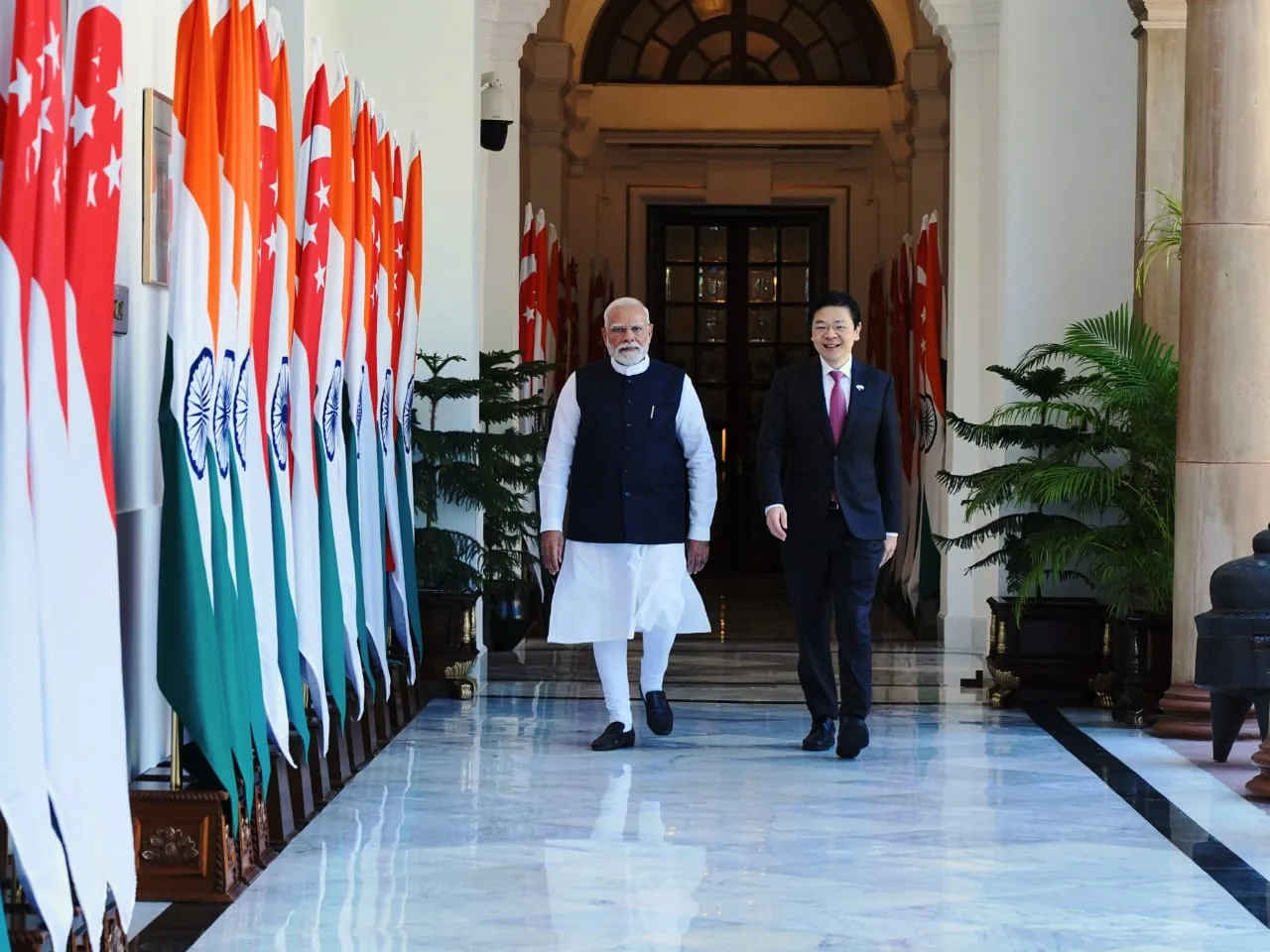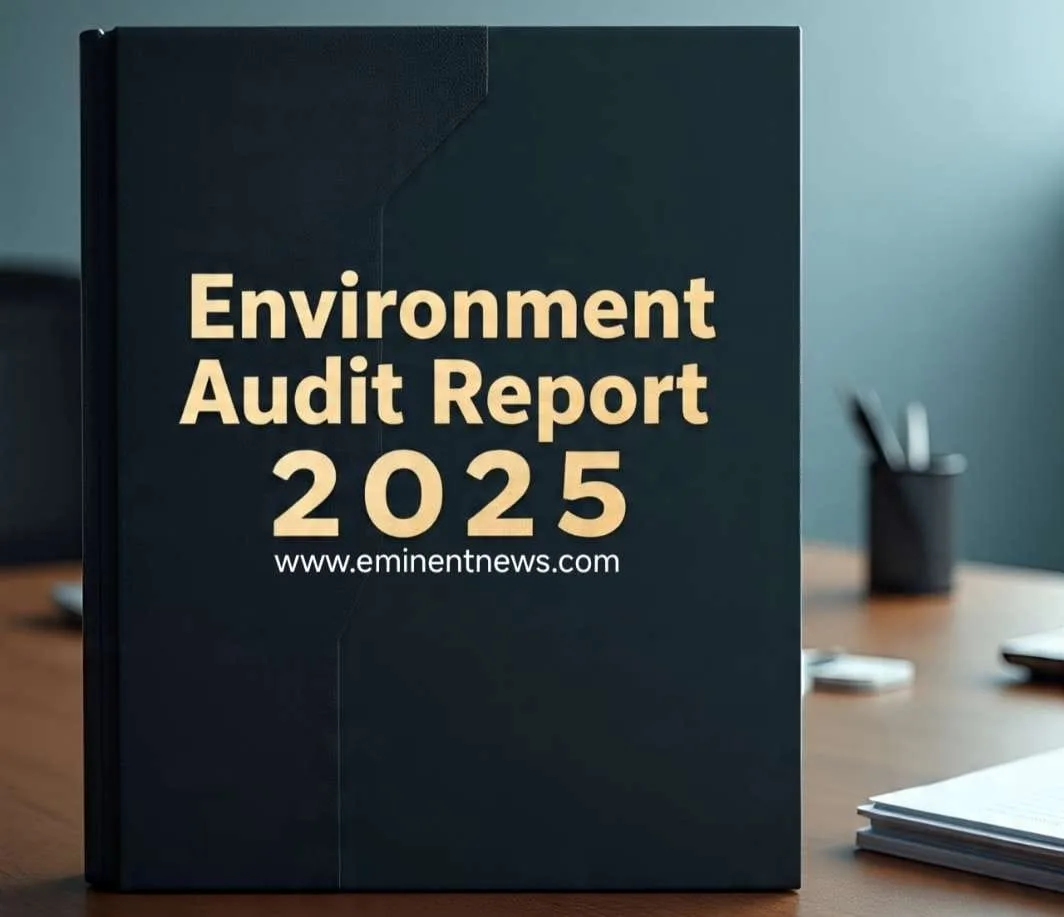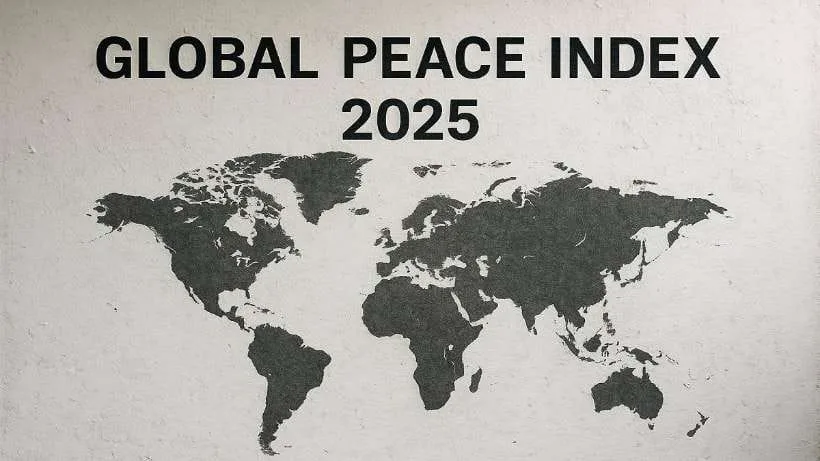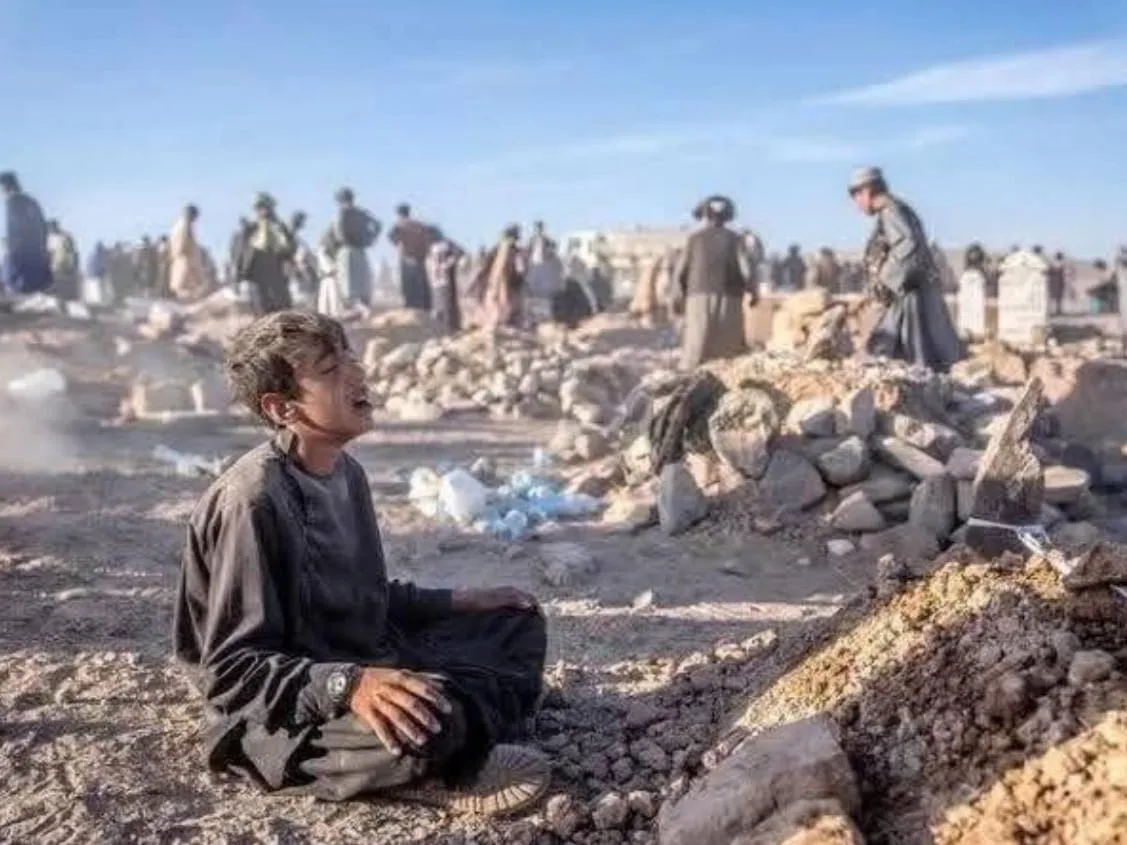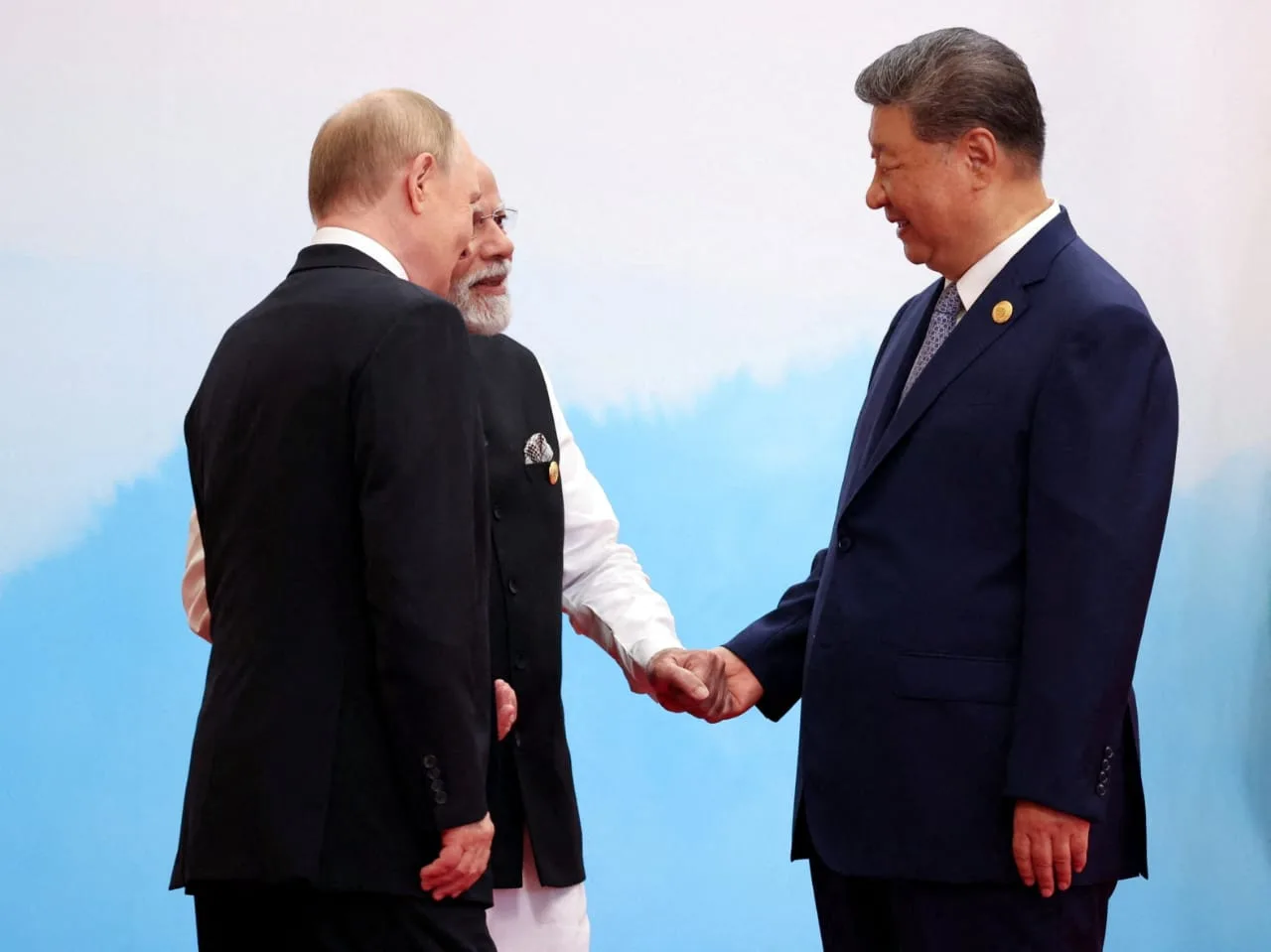The relationship between the United States and Yemen is complex and has been shaped by various factors, including counterterrorism efforts, the ongoing civil war, and humanitarian concerns. Here’s a breakdown of the key issues:
Key Aspects of the U.S.-Yemen Relationship :
Counterterrorism: The U.S. has long been concerned about the presence of Al-Qaeda in the Arabian Peninsula (AQAP) in Yemen. U.S. counterterrorism strategy has involved drone strikes, intelligence sharing, and support for Yemeni security forces.
Yemeni Civil War: The U.S. has been involved in the Yemeni Civil War, primarily through support for the Saudi-led coalition against the Houthi rebels. This support has included arms sales, logistical assistance, and intelligence sharing.
Humanitarian Crisis: The civil war has led to a severe humanitarian crisis in Yemen, with millions facing starvation and disease. The U.S. has provided humanitarian aid, but there has been criticism regarding the impact of its support for the Saudi-led coalition on the crisis.
Diplomatic Efforts: The U.S. has supported UN-led efforts to find a peaceful resolution to the conflict.
Current Issues
Support for the Saudi-Led Coalition: The U.S. has scaled back its support for offensive operations by the Saudi-led coalition, but continues to provide some assistance.
Ceasefire Efforts: The U.S. is actively working to support and extend the current ceasefire in Yemen, seeking a durable resolution to the conflict through diplomatic channels.
Humanitarian Aid: The U.S. remains a significant provider of humanitarian aid to Yemen, addressing the widespread needs of the population.
AQAP Threat: The U.S. continues to monitor and address the threat posed by AQAP, conducting targeted operations when necessary.
Historical Context and Background
Early Relations: The United States and Yemen have had diplomatic relations for many years, with the U.S. initially focused on development and stability in the region.
Rise of AQAP: The emergence of Al-Qaeda in the Arabian Peninsula (AQAP) in Yemen became a primary concern for the U.S., leading to increased security cooperation.
Arab Spring and Civil War: The Arab Spring uprisings in 2011 led to political instability in Yemen, eventually leading to the civil war that began in 2014.
U.S. Involvement: The U.S. became involved in the conflict through support for the Saudi-led coalition, aimed at restoring the internationally recognized government and countering Iranian influence.
U.S. Policy and Stance
Overall Goals: The United States aims to achieve a stable, unified, and secure Yemen, free from terrorism and external interference, while also addressing the humanitarian crisis.
Current Approach: The U.S. is focused on supporting diplomatic efforts, providing humanitarian aid, and maintaining pressure on terrorist groups.
Criticism and Challenges: U.S. policy has faced criticism due to the humanitarian impact of the conflict and questions about the effectiveness of supporting the Saudi-led coalition.
Summary
The U.S.-Yemen relationship is shaped by counterterrorism objectives, involvement in the civil war, and humanitarian concerns. Current U.S. efforts focus on supporting a ceasefire, providing aid, and addressing the threat from AQAP. The U.S. aims for a stable and secure Yemen, but faces challenges related to the ongoing conflict and humanitarian crisis.



